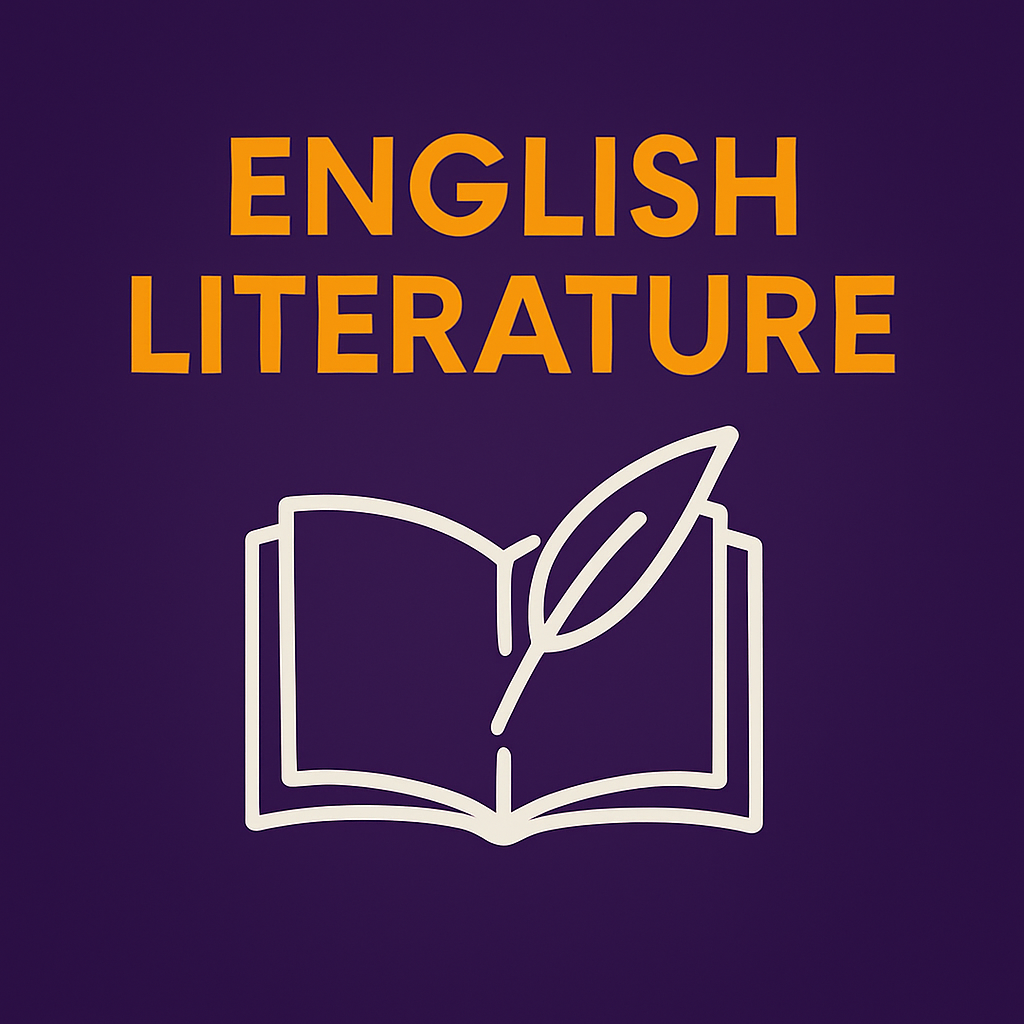Table of Contents
ToggleAnalysing Romantic Poetry
Introduction
Romantic poetry is a cornerstone of A-Level English Literature, characterised by themes of nature, individualism, and emotion. Poets like William Blake, William Wordsworth, and John Keats revolutionised literary expression, challenging conventions and embracing the sublime.
This article will explore:
- Key themes in Romantic poetry.
- Poetic techniques and their effects.
- Strategies for writing essays on Romantic poetry.
Key Themes in Romantic Poetry
Nature and the Sublime
- Romantic poets often depicted nature as a source of inspiration and spiritual connection.
Example: In Wordsworth’s Tintern Abbey, nature is portrayed as a “dwelling-place” of wisdom and peace.
Emotion and Imagination
- Romantic poetry emphasises individual emotions and imagination over rationality.
Example: Keats’ Ode to a Nightingale explores escapism and the tension between joy and sorrow.
Critique of Society
- Poets like Blake critiqued industrialisation and inequality.
Example: In London, Blake laments the “mind-forged manacles” of oppression.
Poetic Techniques and Their Effects
Imagery and Symbolism
- Romantic poets use vivid imagery to evoke emotions and create symbolic layers.
Example: In Keats’ To Autumn, images of ripeness and harvest symbolise life’s transience.
Personification
- Nature is often personified to emphasise its vitality.
Example: Wordsworth’s I Wandered Lonely as a Cloud personifies daffodils as “dancing” companions.
Meter and Rhyme
- Rhythmic patterns reflect the tone and pace of the poem.
Example: Blake’s The Tyger uses trochaic meter to create a chant-like quality, echoing the poem’s theme of awe and fear.
Strategies for Writing Essays on Romantic Poetry
Understand the Context
- Consider the socio-political environment of the Romantic era, such as the French Revolution and industrialisation.
- Highlight how these events influenced the poets’ works.
Analyse Themes and Techniques Together
- Identify how techniques like imagery and symbolism support themes like nature or emotion.
- Use specific examples to ground your argument.
Incorporate Critics
- Reference critics to add depth to your analysis.
Example: Marilyn Butler’s argument that Wordsworth’s poetry reflects “conservative nostalgia” can frame discussions of Tintern Abbey.
Tips for Success
- Link Poems to the Romantic Movement: Show how individual works embody Romantic ideals.
- Use Precise Terminology: Discuss techniques like enjambment, caesura, and assonance.
- Compare Poets: Highlight similarities and differences between Romantic poets.
Conclusion
Analysing Romantic poetry for A-Level English Literature requires a focus on themes, techniques, and historical context. Practise linking these elements to develop insightful essays that showcase your understanding of this transformative literary period.




